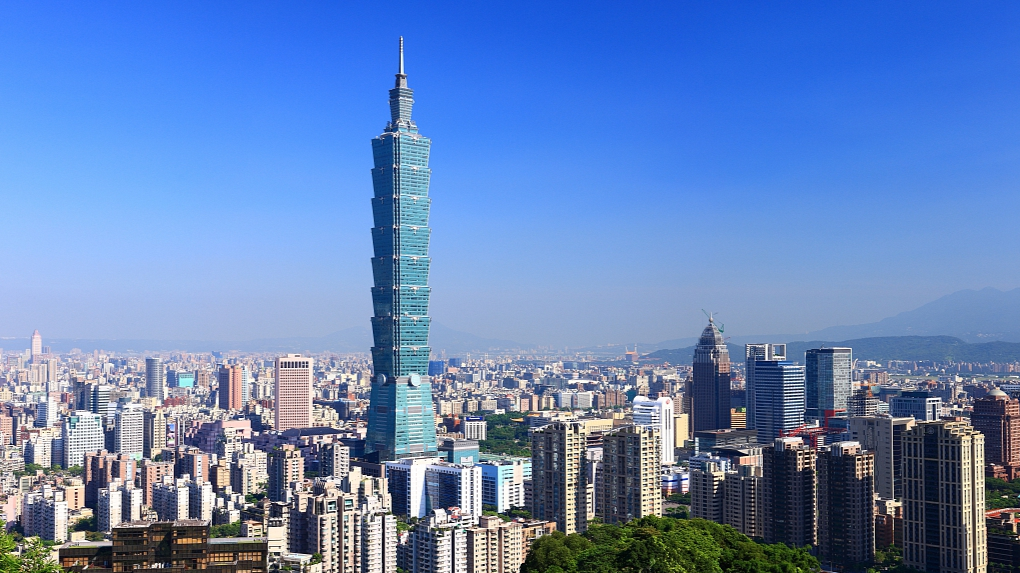
TAIPEI - Latest data show a sharp rise in the number of furloughed people in Taiwan. According to data released by the island's labor authority in mid-September, 333 companies implemented furlough on 7,334 employees, an increase of 88 companies and 2,471 individuals from the end of August.
Among them, 242 companies and 6,246 people were affected by US tariffs on Taiwan, with the number of affected individuals nearly doubling from the last period.
Behind these figures, the island has witnessed the weakest consumer confidence index in over two years and three straight months of manufacturing purchasing managers' index (PMI) contraction.
Observers warn that factors such as US tariffs on Taiwan are undermining business confidence, leaving little optimism for Taiwan's economic outlook.
Of all companies implementing unpaid leave for employees, the manufacturing sector appears to be the hardest hit, with 271 companies placing 6,870 employees on furlough in the latest tally.
Recent moves by some operators in traditional industries across the island seem to have confirmed this trend. In Taichung, a traditional manufacturer said it planned to shut down and sell the plant for cash to invest in other industries.
In Changhua, a hardware company said it had already moved to a schedule of "four days on, three days off," which could be switched to "three days on, four days off" or even shut down for an entire week if conditions worsen.
Dachrahn Wu, an economics professor at Taiwan's Central University, told the media that many manufacturers, especially those in traditional manufacturing, hesitate in accepting new overseas orders due to concerns over US tariff policies and factors such as the recent appreciation of the New Taiwan dollar. This has impacted the job market.
Concerns over US tariffs have also dampened consumer confidence. According to data released by the Research Center for Taiwan Economic Development under the Central University, Taiwan's consumer confidence index in August was 63.31 points, down 1.07 points from July and the lowest in nearly two and a half years.
Wu believes that once households begin to doubt their income prospects, consumer willingness to spend will inevitably decline. The fact that affected companies are expanding unpaid leave or laying off employees is a main reason behind the weakening indicators.
ALSO READ: Mainland reiterates Taiwan's status as inalienable part of China
At the same time, the PMI, widely regarded as a bellwether of economic growth, plunged 1.6 percentage points from June to 48.0 percent in the island in July, and further dropped another 0.1 percentage point to 47.9 percent in August, marking the third consecutive month of contraction.
Lin Chien-fu, a senior Taiwan-based economist, suggested that Taiwan's GDP growth could drop to around 2.8 percent next year, considering the increasing furlough numbers and weakening consumer confidence.
Several observers also suggested that Taiwan has already front-loaded a significant share of its export demand in the first half of this year. Once US tariffs on Taiwan are fully implemented, the combined effects will place even greater pressure on its economy.
Businesses are also actively seeking solutions in response to the less-than-optimistic economic outlook. The island's federation of industries recently released its 2025 white paper, which emphasized "avoiding misjudgment" and seeking peaceful development of cross-Strait relations.
The white paper called on Taiwan authorities to ease restrictions on cross-Strait exchanges and seize the changes in the mainland market to explore diverse business opportunities. The proposals have struck a strong chord on the island.
Hsieh Chih-chuan, a news commentator in Taiwan, said that strengthening cross-Strait exchanges and cooperation is crucial for Taiwan.
By deepening integration with mainland enterprises and enhancing collaboration in industrial and supply chains, many struggling businesses on the island could find a way out and achieve better development, he said.


